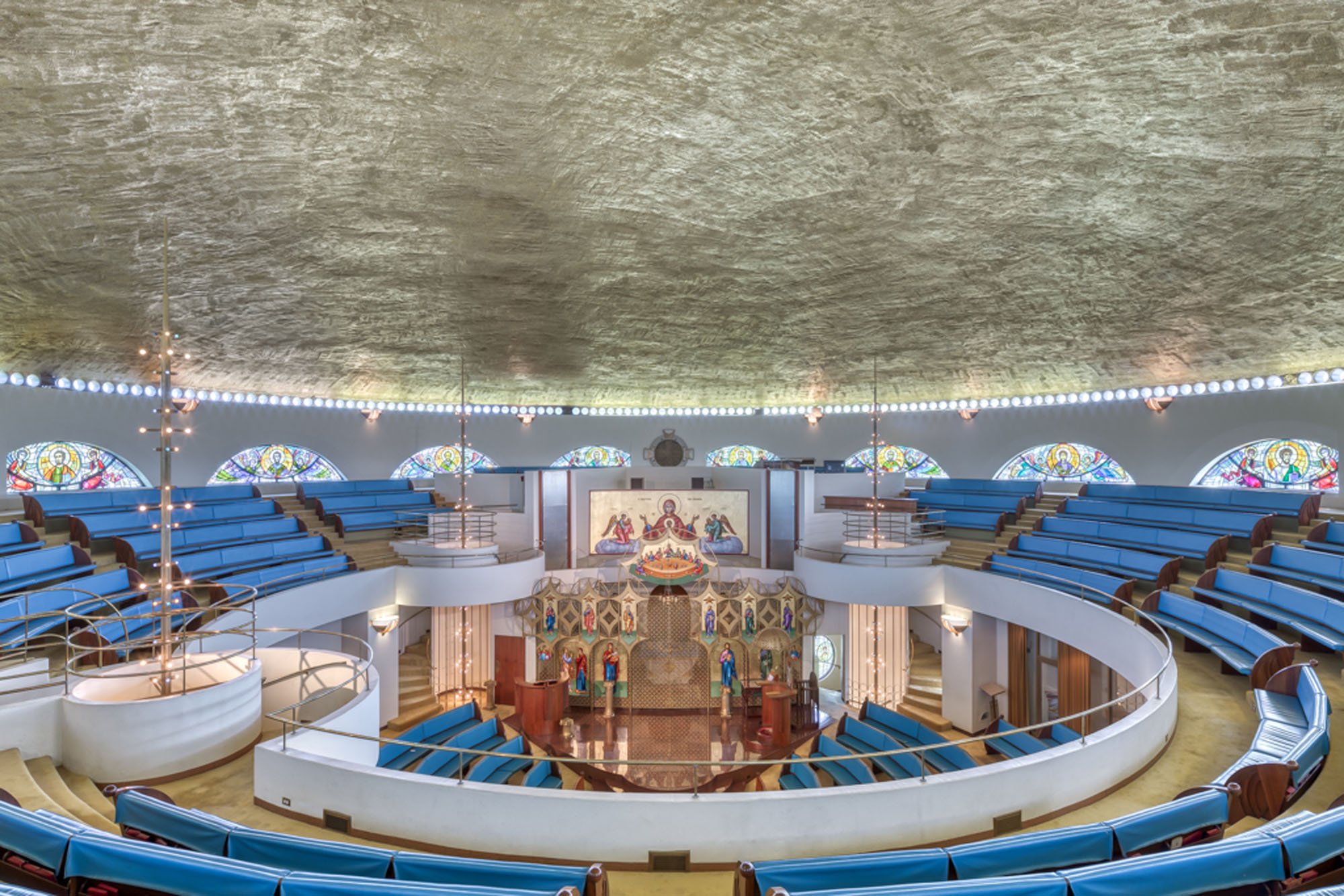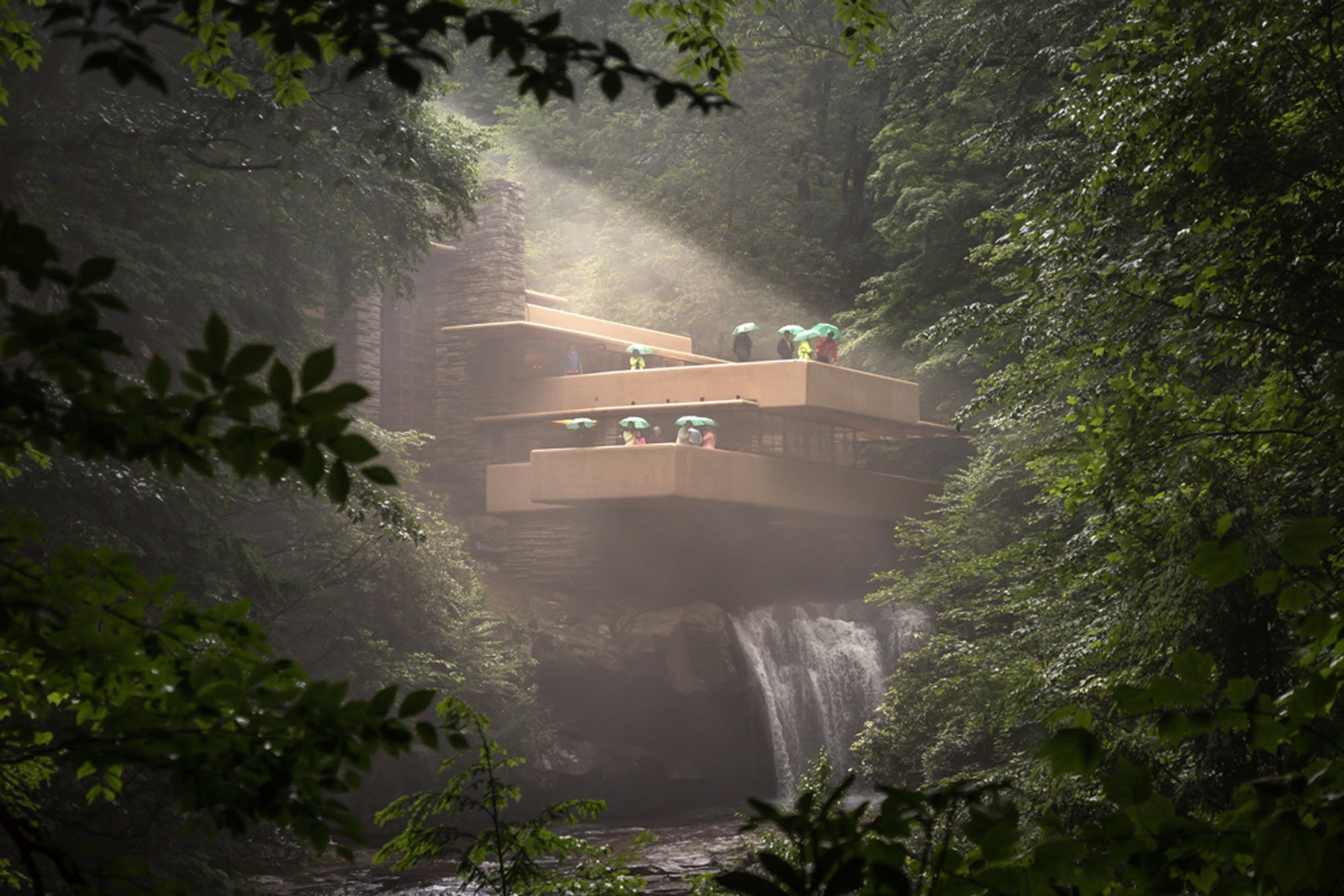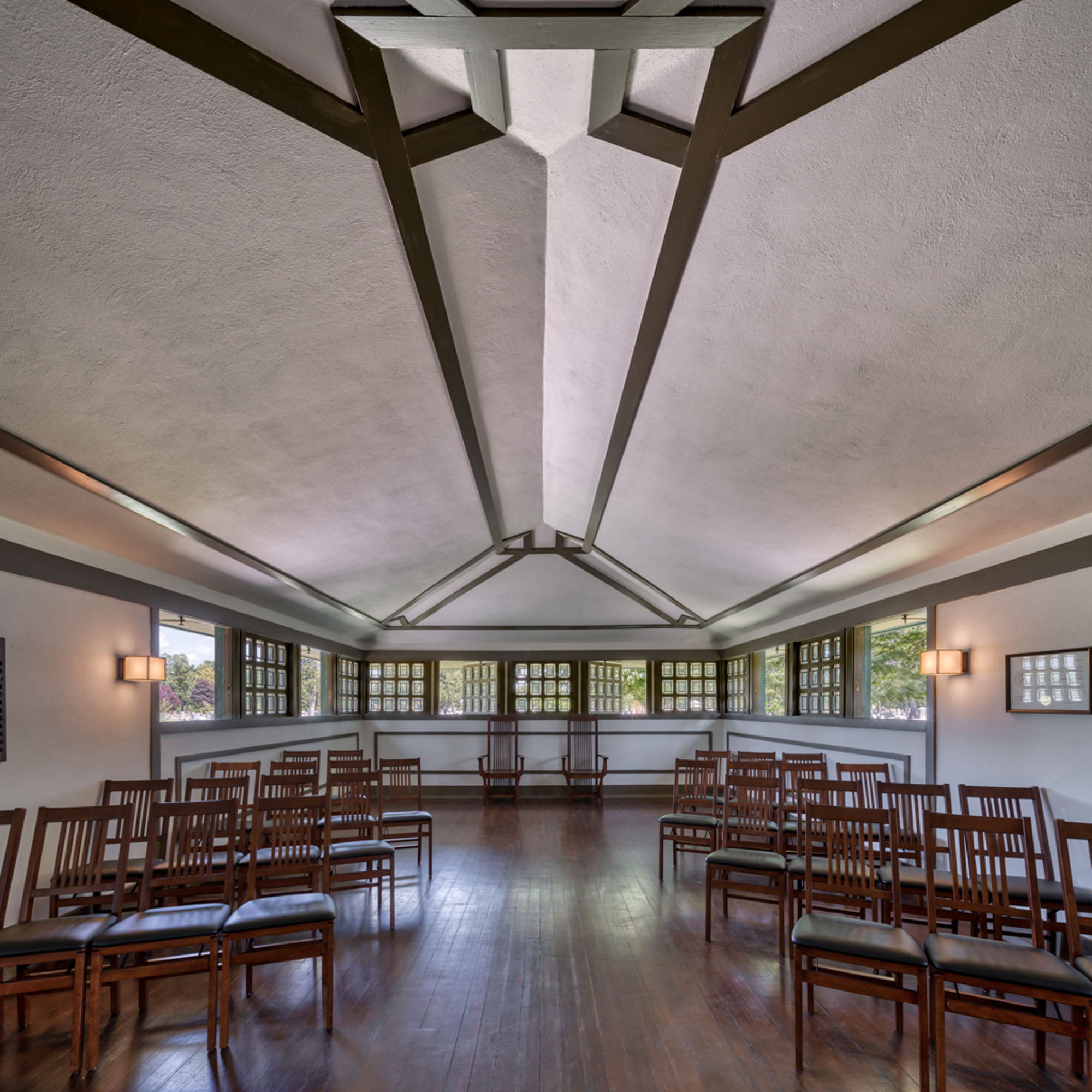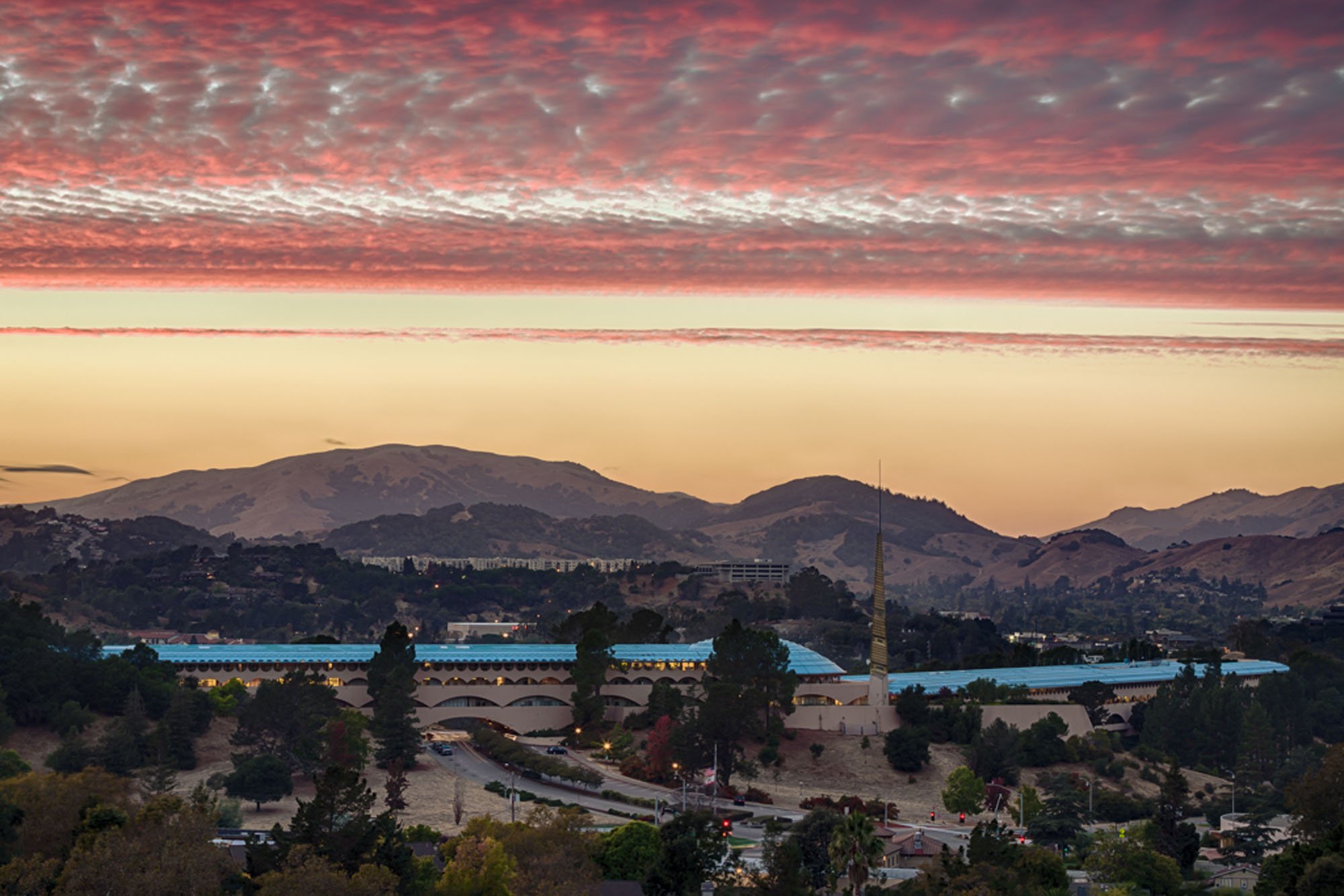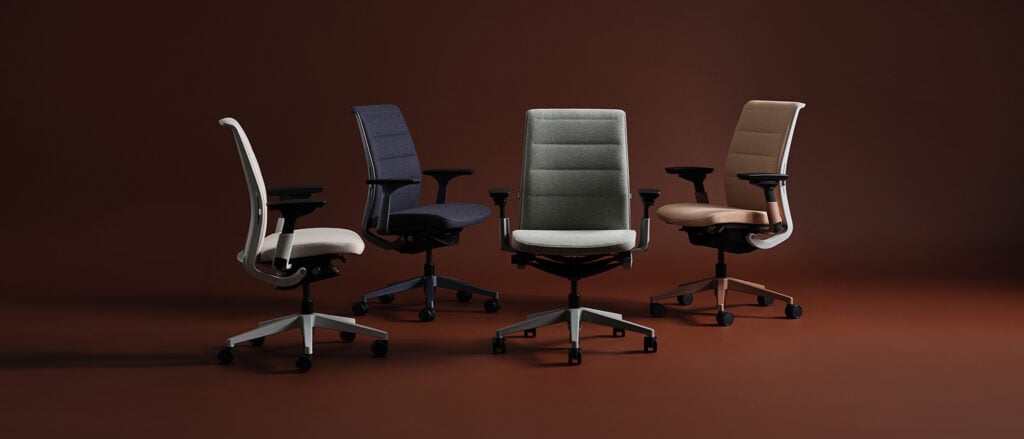
September 27, 2021
A Photography Exhibit Investigates the Sacred in Frank Lloyd Wright’s Architecture

The Sacred Spaces exhibition chronicles how Wright applied this spiritual conception of space to his designs for places of worship including some of his best-known works like Unity Temple in Chicago and Beth Sholom Synagogue to under-the-radar works like the Pettit Chapel, a prairie-style structure in Belvidere, Illinois. Lubell contends that even in his religious buildings Wright’s architecture is grounded in the terrestrial and natural world, pointing out that only one of his religious buildings had a spire, the ultimate symbol of connecting to the heavens. But the architect’s conception of sacred space was not limited to places of worship, and the show also features Pielage’s photographs of homes such as Fallingwater and cultural buildings like the Guggenheim, both buildings imbued with spirituality, if not religion.
By displaying photography of Wright’s religious architecture alongside secular projects, the exhibition shows how Wright used geometry, light, and the relations of his buildings to their landscapes to create places with spiritual resonance. “Wright was a master of controlling light,” Pielage says, “facing his buildings the right way, bouncing light where he wanted it, filling the room with light. For me, as a photographer, a huge theme of a sacred space is light.”
Would you like to comment on this article? Send your thoughts to: [email protected]
Latest
Products
How the Furniture Industry is Stepping Up on Circularity
Responding to new studies on the environmental impact of furniture, manufacturers, dealers, and start-ups are accelerating their carbon and circularity initiatives.
Viewpoints
The 2024 Net Zero Conference Highlights the Importance of Collective Action
Last month, leading climate experts convened at the Anaheim Convention Center to reenvision the built environment for a net zero future.
Projects
McDonald’s Reimagines its Interiors through Radical Circular Design
A pilot program launching in McDonald’s France and Belgium aims to create sustainable interior renovations for the global fast-food brand



